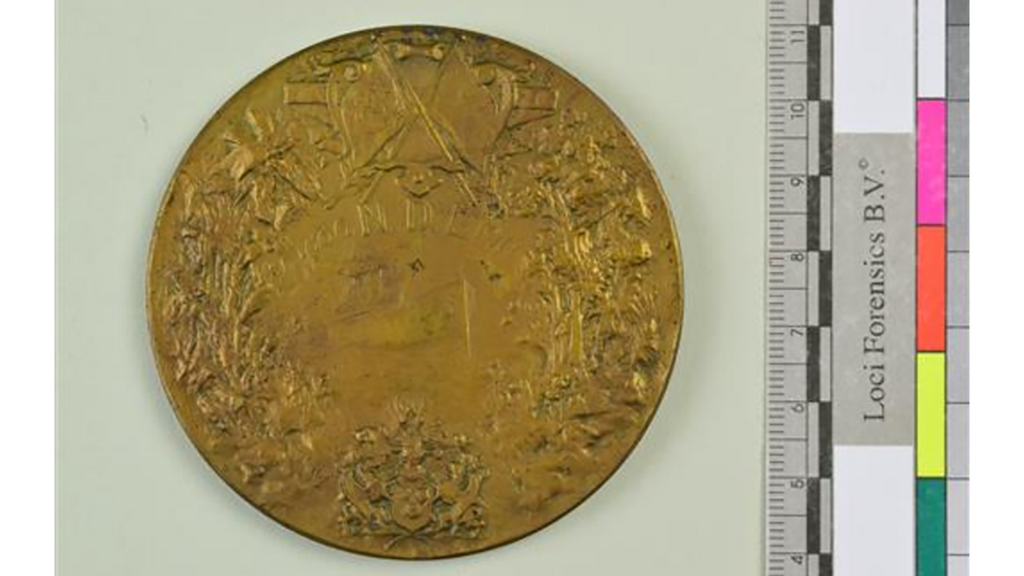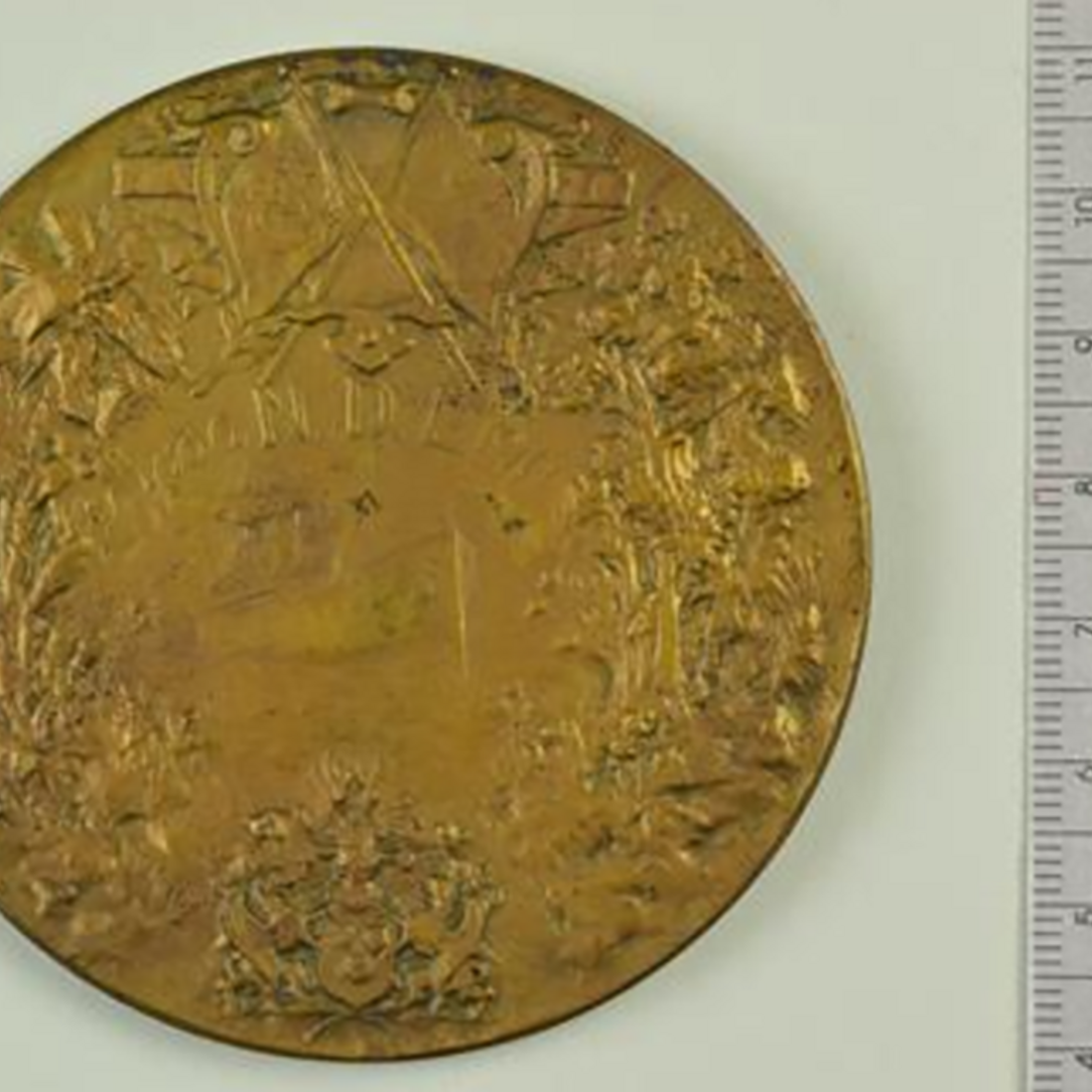From treasure to database: Successful cooperation between two museums in Bremerhaven
The German Research Foundation is supporting the cataloguing of the numismatic collections of the German Maritime Museum (DSM) / Leibniz Institute for Maritime History and the Historical Museum Bremerhaven (HMB) with €243,000.
In the DFG project "Digitization and cataloguing of the collection of coins, medals, paper money and seal copies of the German Maritime Museum (DSM) and the Historical Museum Bremerhaven," more than 2,600 numismatic objects are being digitized, assigned standard data, and made accessible in cooperation with the coin collection portal KENOM (https://www.kenom.de).
The cataloging of the numismatic collections is of particular interest to both museums, as their objects cover a wide range of nautical motifs spanning different eras. Their depictions express the historically changing perceptions of shipping and its contemporary religious or political significance between antiquity and modernity.
Project managers Prof. Dr. Sebastian Vehlken (DSM) and Dr. Kai Kähler (HMB) are delighted that the joint cataloguing project will further strengthen the cooperation between the two Bremerhaven museums. This is also based on the involvement of citizens in the cataloguing of objects within the framework of citizen science formats and the joint use of innovative digital methods. The project aims to make the data widely available.
Project leaders Prof. Dr. Sebastian Vehlken (DSM) and Dr. Kai Kähler (HMB) are delighted that this joint venture will further strengthen cooperation between the two Bremerhaven museums. This is also based on the involvement of citizens in object cataloguing as part of citizen science formats and the joint use of innovative digital methods. The project aims to make the digitized collections widely available: in addition to KENOM, they will be published on other data portals such as the German Digital Library and the Lower Saxony Cultural Heritage Platform. This will enable a wide range of interdisciplinary follow-up research in fields such as numismatics, archaeology, history, and art history. And through the use of the e-learning platform numiScience, the project will also serve a wider audience.

Coin from the depot. Photo: DSM / Archive

